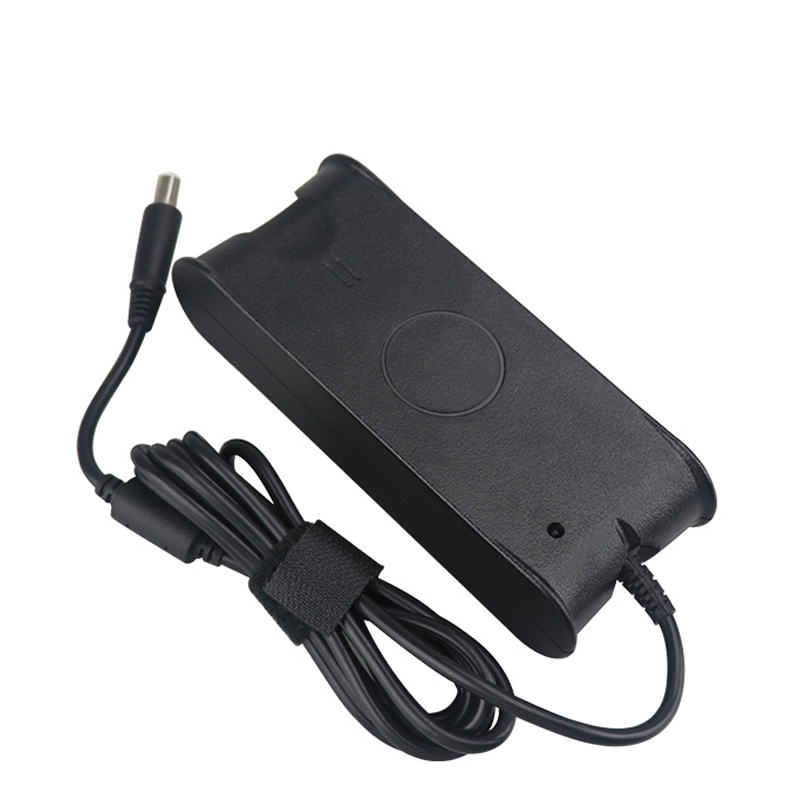
Privacy statement: Your privacy is very important to Us. Our company promises not to disclose your personal information to any external company with out your explicit permission.
Power adapter, whose English name is Power adapter, is a Power Supply conversion device for small portable electronic equipment and electronic appliances. It is generally composed of a casing, a power transformer and a rectifier circuit. According to the connection method, it can be divided into wall type and desktop type. It is widely used in telephones, game consoles, language repeaters, Walkmans, notebook computers, cellular phones and other equipment.

According to the connection method:
It can be divided into desktop type and wall type;
According to the type of output current:
It can be divided into AC output type and DC output type.
Widely used in notebook computers, mobile phones, household IT equipment and others.
In reality, most of the power adapters we come into contact with are switching power supplies. Switching Power Supply refers to a power supply that controls the time ratio of switching on and off to maintain a stable output voltage through modern electronic technology. The switching power supply of a power adapter is generally composed of a pulse width modulation (PWM) control IC and a MOSFET. Benefits: The conversion efficiency is high, the volume is small, and it can work in a wide voltage range. Disadvantages: It is more difficult to repair when a fault occurs, and it has a large interference to the power circuit.
The fuse is normal and no output voltage indicates that the switching power supply is not working or has entered a protection state. The first step is to check the value of the start-up voltage of the start-up pin of the power control chip. If there is no start-up voltage or the start-up voltage is too low, check whether the external components of the start-up pin and the start-up resistor are leaking.
The following are the main reasons for low output voltage:
The high output voltage generally comes from the voltage-stabilizing sampling and voltage-stabilizing control circuits. In the closed control loop formed by the DC output, sampling resistor, error sampling amplifier such as TL431, optocoupler, power control chip and other circuits, any problems in any of these parts will cause the output voltage to rise.
Best regard.
Mandy Huang
LET'S GET IN TOUCH

Privacy statement: Your privacy is very important to Us. Our company promises not to disclose your personal information to any external company with out your explicit permission.

Fill in more information so that we can get in touch with you faster
Privacy statement: Your privacy is very important to Us. Our company promises not to disclose your personal information to any external company with out your explicit permission.